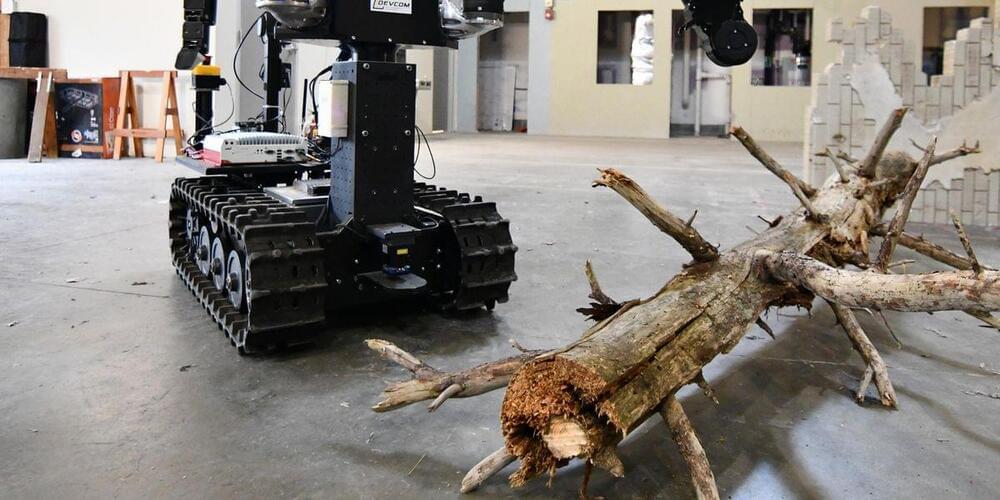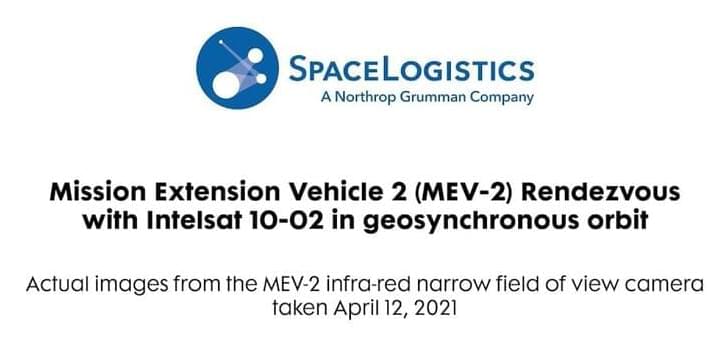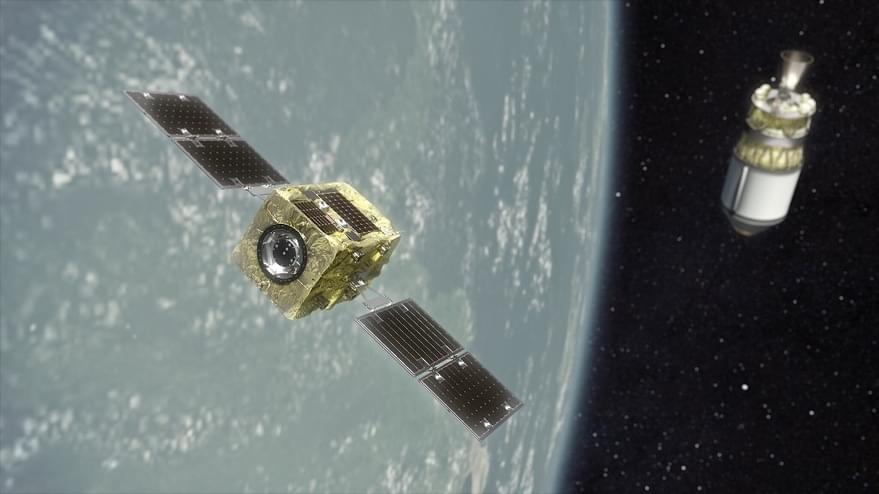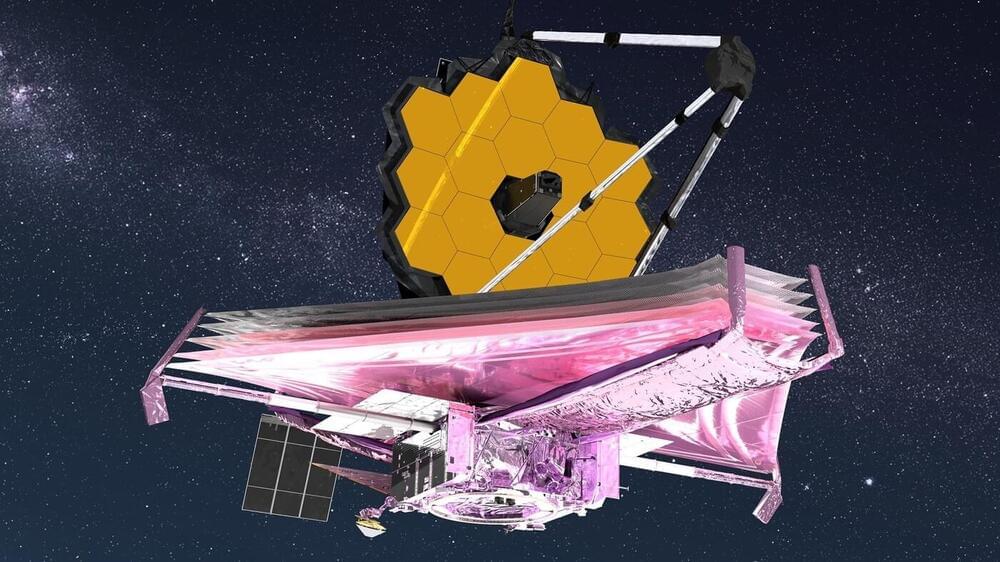Engineers battle the limits of deep learning for battlefield bots.
Leading defense company Baykar has unveiled for the first time its newly designed drone that can hover, take off and land vertically at Turkey’s largest technology and aviation event, Teknofest.
The flight tests of the vertical take-off and landing (VTOL) unmanned aerial vehicle (UAV) are due to be completed soon. Mass production and delivery phases are expected to start in 2022.
The new UAV does not need a landing track and can take off from several different places, including naval or mobile platforms, said Burak Özbek, an air vehicle design engineer at Baykar, which is already known worldwide for its landmark Bayraktar TB2 and Akıncı drones.
Researchers recently showed that a computer could “learn” from many examples of protein folding to predict the 3D structure of proteins with great speed and precision. Now a recent study in the journal Science shows that a computer also can predict the 3D shapes of RNA molecules [1]. This includes the mRNA that codes for proteins and the non-coding RNA that performs a range of cellular functions.
This work marks an important basic science advance. RNA therapeutics—from COVID-19 vaccines to cancer drugs—have already benefited millions of people and will help many more in the future. Now, the ability to predict RNA shapes quickly and accurately on a computer will help to accelerate understanding these critical molecules and expand their healthcare uses.
Like proteins, the shapes of single-stranded RNA molecules are important for their ability to function properly inside cells. Yet far less is known about these RNA structures and the rules that determine their precise shapes. The RNA elements (bases) can form internal hydrogen-bonded pairs, but the number of possible combinations of pairings is almost astronomical for any RNA molecule with more than a few dozen bases.
Would you shell out $500 for a discount lunar experience?
The world’s richest private citizens spend $200,000 to $250,000 per ticket to secure spots on Jeff Bezos’s Blue Origin and Virgin Galactic flights. And SpaceX’s recent civilian flight was a nine-figure endeavor.
But one design company plans to launch out-of-this-world space travel to fill the gap for non-billionaires, offering a mini-lunar experience for only $500 — up to 500 times less than the price of an actual trip to space.
Decades after he last played the role, William Shatner’s going to become a real-life Captain Kirk… because he’s going to space… on Jeff Bezos’ rocket ship… TMZ has learned.
WASHINGTON — Northrop Grumman today has two Mission Extension Vehicles in orbit providing station-keeping services for two Intelsat geostationary satellites that were running low on fuel.
The company meanwhile is preparing to launch a new servicing vehicle equipped with a robotic arm that will install propulsion jet packs on dying satellites.
WASHINGTON — Rocket Lab will launch an Astroscale mission to rendezvous with a spent rocket stage in low Earth orbit, a prelude to eventually deorbiting the stage.
Rocket Lab announced Sept. 21 that it won a contract from Astroscale for the launch of its Active Debris Removal by Astroscale-Japan (ADRAS-J) spacecraft. A Rocket Lab Electron will launch ADRAS-J from its Launch Complex 1 in New Zealand in 2023.
ADRAS-J will rendezvous with and inspect an upper stage left in orbit by a Japanese launch. The Japanese space agency JAXA awarded Tokyo-based Astroscale a contract in 2020 for the mission as part of its two-phase Commercial Removal of Debris Demonstration project. The second phase, which will involve an attempt to deorbit the upper stage, has not yet been competed by JAXA.
The James Webb Space Telescope will let scientists study small, rocky planets around distant stars in more detail than ever before. After decades of work, it could head into orbit later this year.
One of the modifications was the cupola, or giant window, that let the four astronauts have a panoramic view of space in the modified Crew Dragon craft.
The Inspiration4 crew splashed down in the Atlantic Ocean near Florida on September 18 at 23:06 UTC, bringing an end to their historic three-day mission orbiting Earth, 360 miles above the surface.
The Dragon capsule descended towards Earth on four chutes before gently landing in the water as the module floated on the surface of the Atlantic Ocean.
“We have no guarantee that these antibodies that are out there will continue being effective against any new variants that occur,” Georgiev said.
According to a release from Vanderbilt, “Georgiev and his colleagues describe the isolation of a monoclonal antibody from a patient who had recovered from COVID-19 that ‘shows potent neutralization’ against SARS-CoV-2. It also is effective against variants of the virus that are slowing efforts to control the pandemic.”
VUMC said researchers can also use the technology to screen antibodies against any current variant of COVID-19, and researchers hope even other viruses that have not yet caused human disease but have the potential of doing so.









